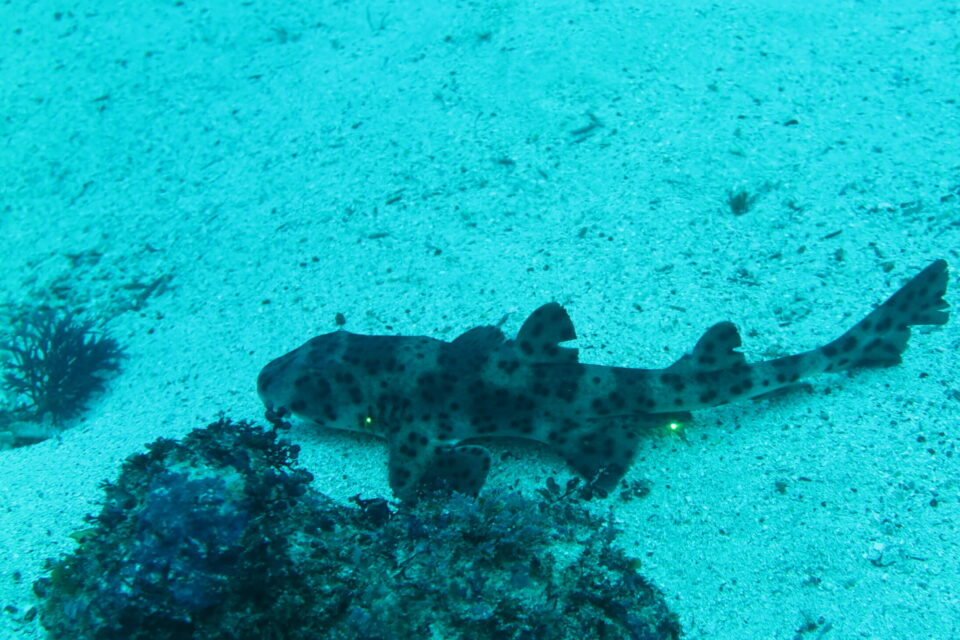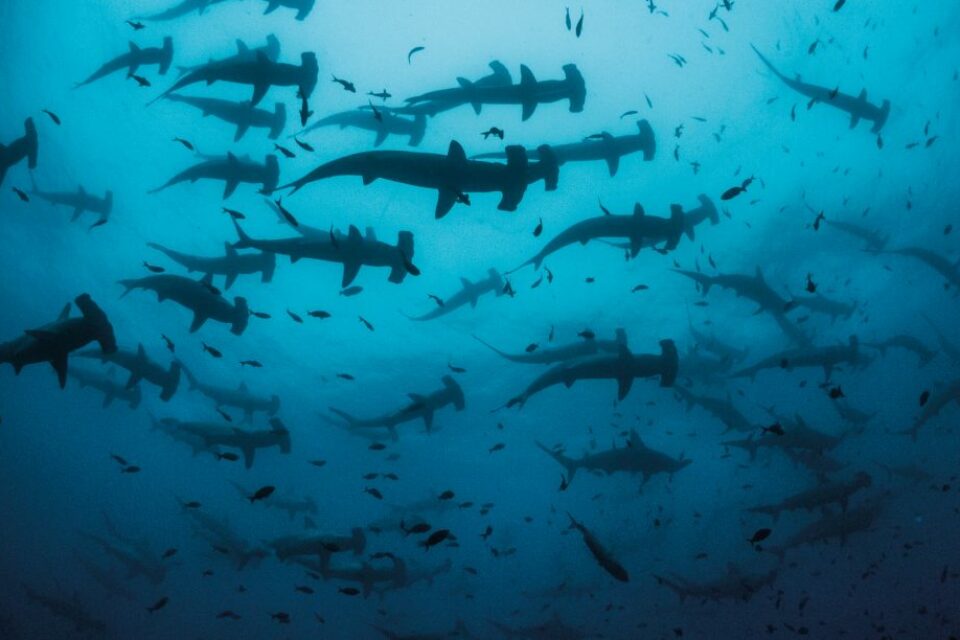

Dr. Sylvia Earle leads research expedition in Galapagos focusing on overlooked species and ecosystems
GCT's Dr Jen Jones recently joined a two week expedition in the Galapagos Marine Reserve led by legendary oceanographer Dr Sylvia Earle.
A multi-institutional team of scientists led by legendary oceanographer and National Geographic Explorer, Dr. Sylvia Earle (Mission Blue) carried out a two-week expedition in the Galapagos Marine Reserve on board the M/V Argo to rediscover and evaluate some of the largely overlooked habitats and species in the reserve, as the Reserve approaches its twenty-fifth anniversary in 2023. “Galapagos will always be a special place,” explained Dr. Earle. “It was here that I discovered cold water kelp communities on the equator fifty years ago, and it was Galapagos that, years later, inspired our Mission Blue Hope Spots initiative.”
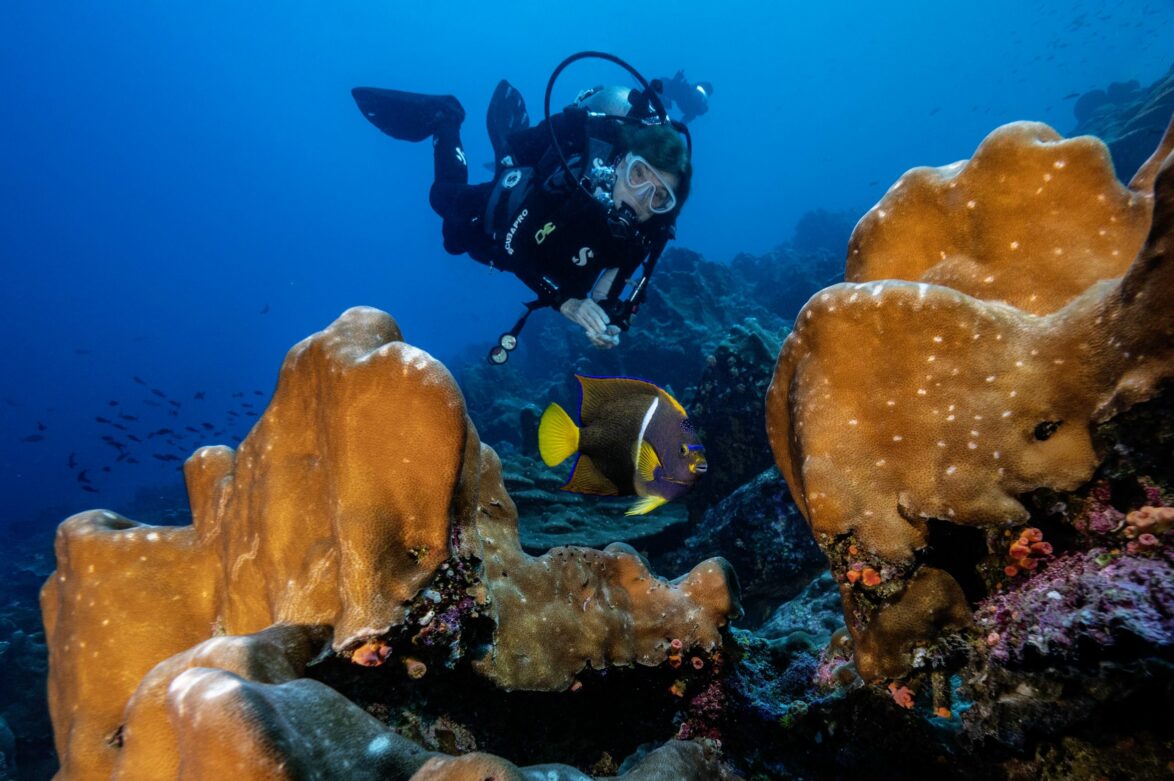
Dr. Earle was joined by Hope Spot champion Dr. Alex Hearn (Galapagos Science Center/MigraMar), the Principal Investigator on the cruise, co-champion Manuel Yepez (Galapagos Artisanal Fishing Sector), Dr. Diana Pazmiño, Dr. Susana Cárdenas and Daniel Armijos (Galapagos Science Center), Dr. Jen Jones (Galapagos Conservation Trust), PhD candidate Salomé Buglass (University of British Columbia / Charles Darwin Foundation), Jenifer Suarez and Alberto Proaño (Galapagos National Park Directorate), and Max Bello, Carl Gustav Lundin and Courtney Mattison (Mission Blue). The expedition was sponsored by National Geographic and Rolex, and the science team were joined by camera crews from Proudfoot TV and Deep Sea Productions, along with underwater photography and sound expert Taylor Griffith and renowned local Galapagos photographer Tui de Roy.
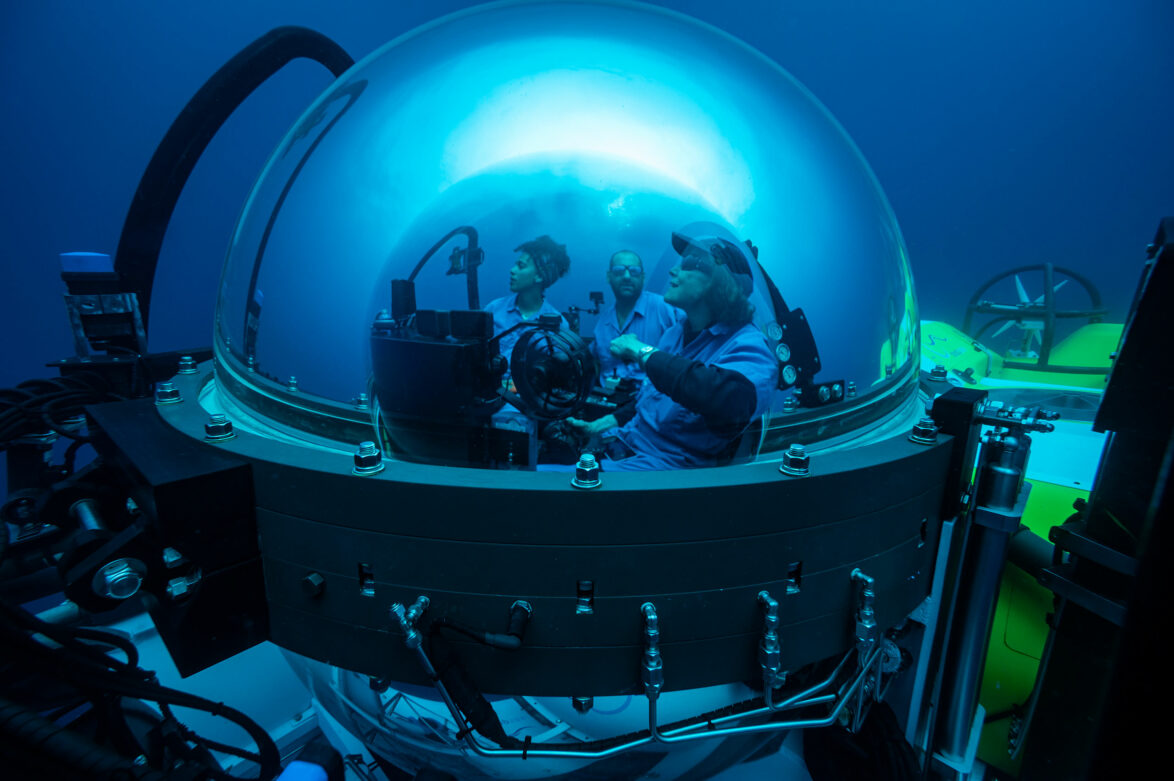
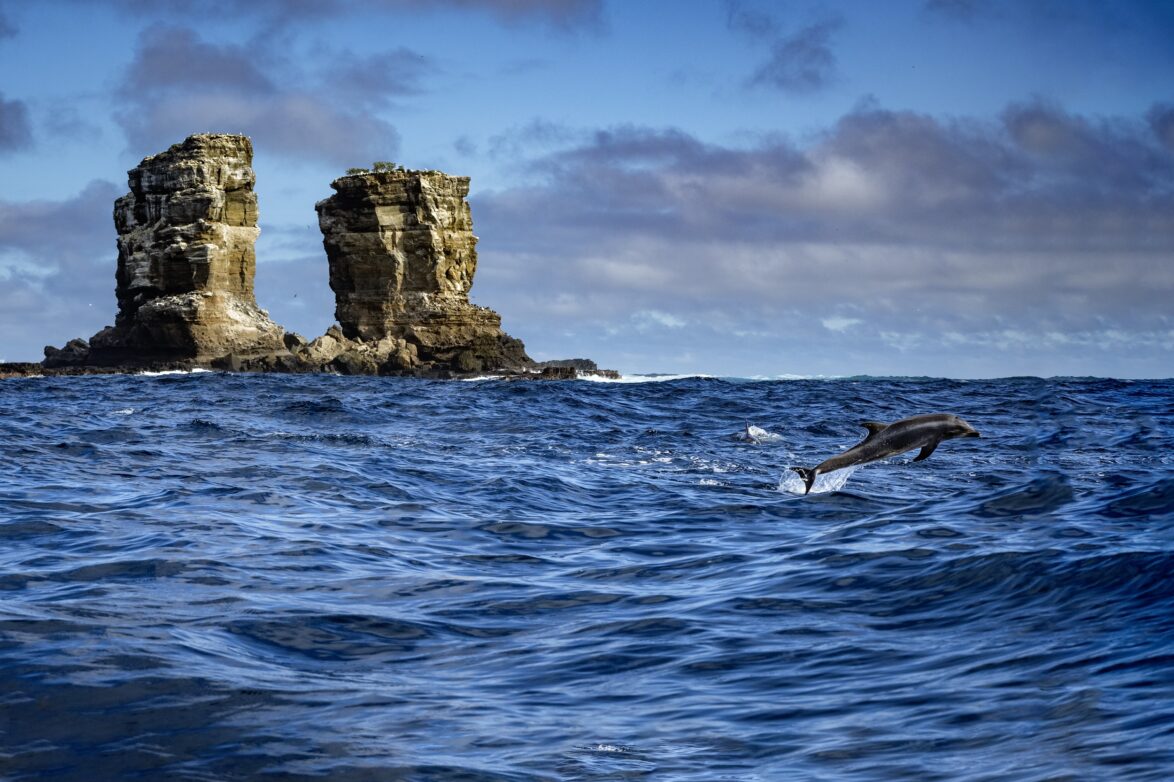
Charting change in the Galapagos Marine Reserve
As we celebrate 25 years of the Galapagos Marine Reserve, GCT’s Dr Jen Jones reflects on her experiences as part of a multi-disciplinary expedition led by the legendary Dr Sylvia Earle.
“Our twenty-fifth anniversary next year is a good moment to take stock of how far we have come in protecting the waters around Galapagos, and to identify some of the challenges facing us over the next twenty-five years,” said Ms. Suárez, Head of Marine Ecosystems Research at the Galapagos National Park Directorate. “Back in 1998, the issue of ocean plastics was simply not on the radar here,” explained Dr. Jones, who carried out her Ph.D research on plastics in the region, and who took water samples daily throughout the cruise. “Yet now, we are finding microplastics in some of the remotest and apparently pristine locations of the reserve. This highlights the urgency to identify their source and work to stop them getting into the ocean in the first place.”
Water samples were also taken to identify the cryptic species occurring in the reserve. “As animals move through the water, they shed their DNA, which we can identify from water samples in the laboratory. This helps us discover the hidden diversity of our waters, and therefore, to protect them better” explained Dr. Pazmiño. “We are particularly interested in what species of sharks and rays occur here, and how they are distributed across the reserve, so we are complementing this study by using baited underwater cameras that drift in the water to film and count the animals that approach the bait” added Mr. Armijos. “We can use the numbers to track their distribution and abundance over time.”
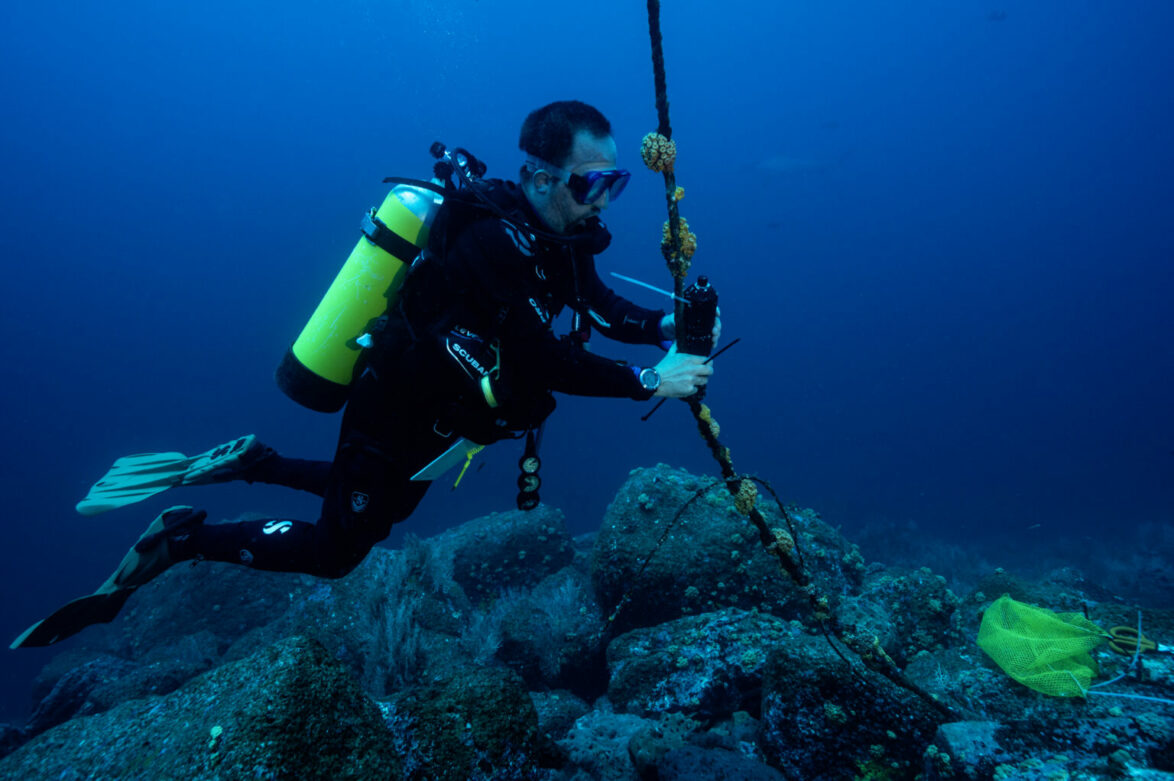
A key moment of the expedition was when one of the dive teams, led by Ms. Buglass, located a kelp forest off the western coast of Fernandina Island. “Kelps are traditionally thought of as temperate and cool water species,” explained Ms. Buglass. “However, here in the western part of the archipelago, thanks to the cool upwelling waters of the Cromwell Current, we find these exceptional tropical kelp populations in waters that are just at the depth limit for SCUBA divers. Using a submersible we had the unique opportunity to search for them for longer at greater depths, leading us to locate impressively lush kelp forests, which we weren’t sure still existed, they were feared to have gone extinct following a major marine heat wave during El Nino of 1982. Galapagos kelp are the largest seaweeds found in the Galapagos Marine Reserve and with the samples we obtained we will be able to further investigate the biology of these mysterious kelp species.”
Meanwhile on land, Dr. Cárdenas placed devices on endemic flightless cormorants and penguins in the westernmost colonies to track their foraging behavior out at sea. “Most of the behavioral studies for these species have taken place in the sheltered waters between Isabela and Fernandina,” said Dr. Cárdenas. “The westernmost coast of Fernandina is directly exposed to the upwelling from the Cromwell Current and is likely the most vulnerable to changes during El Niño events, which may provide an indication of long term effects of climate change.”
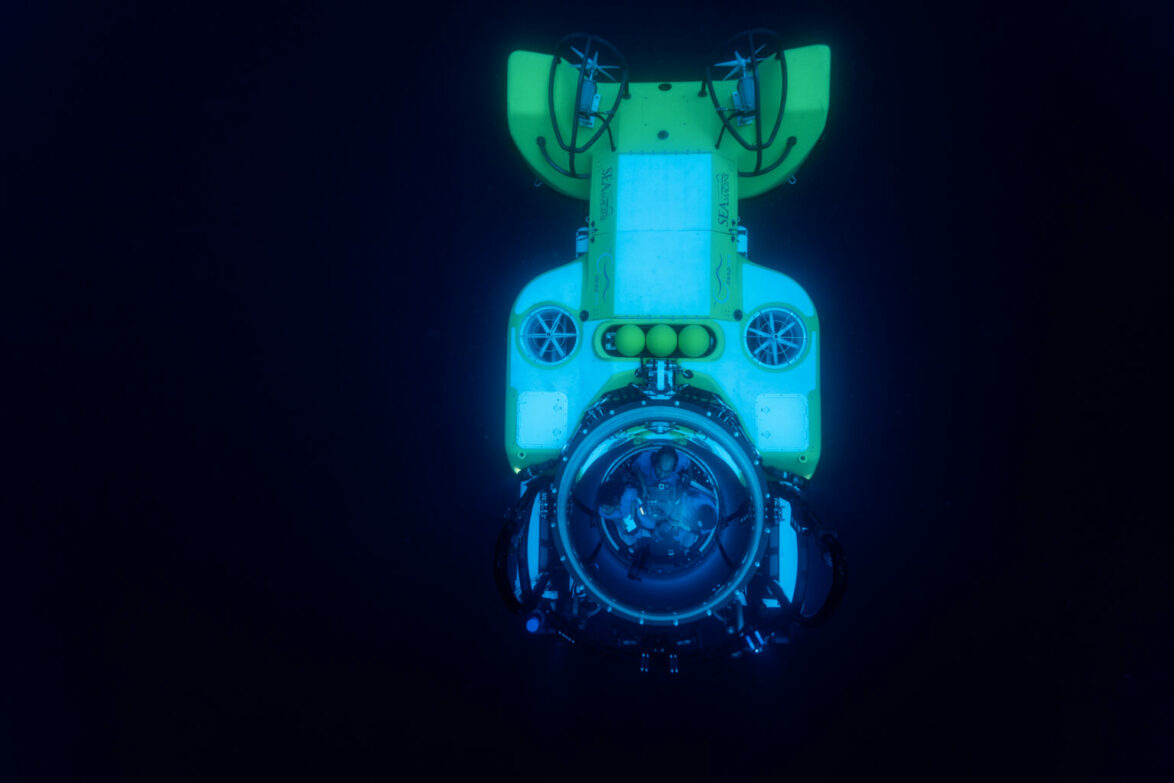
...we are finding microplastics in some of the remotest and apparently pristine locations of the reserve. This highlights the urgency to identify their source and work to stop them getting into the ocean in the first place.
During their surveys, the researchers generated a baseline for the abundance of the little known Galapagos bullhead shark, and even found an empty spiral-shaped egg case on one of their dives. “These sharks don’t give birth to live young like the hammerhead or silky sharks. Rather, their young develop in egg cases that are deposited on the seabed,” said Dr. Hearn. “We have also been surveying the abundance of endemic slipper lobsters, to compare their status with a study we carried out nearly twenty years ago.”
Minister of Environment Gustavo Manrique visited the expedition and accompanied Dr. Earle on a submersible dive. “Minister Manrique played a key role in the recently declared Hermandad reserve that protects the migration routes of sharks and turtles from Galapagos to Ecuador’s border with Costa Rica. Just on this trip, we continued to build our connectivity map of the region – a Galapagos shark tagged in the Mexican Pacific and a hammerhead shark tagged at coastal Costa Rica have both taken up residence here in Galapagos ,” said Dr. Earle. “It’s so important to protect our marine wildlife, in order to maintain the health not just of this treasure but as an example of what we need to do for the whole planet – to treat nature as if our lives depend on it… because now we know: they do!”
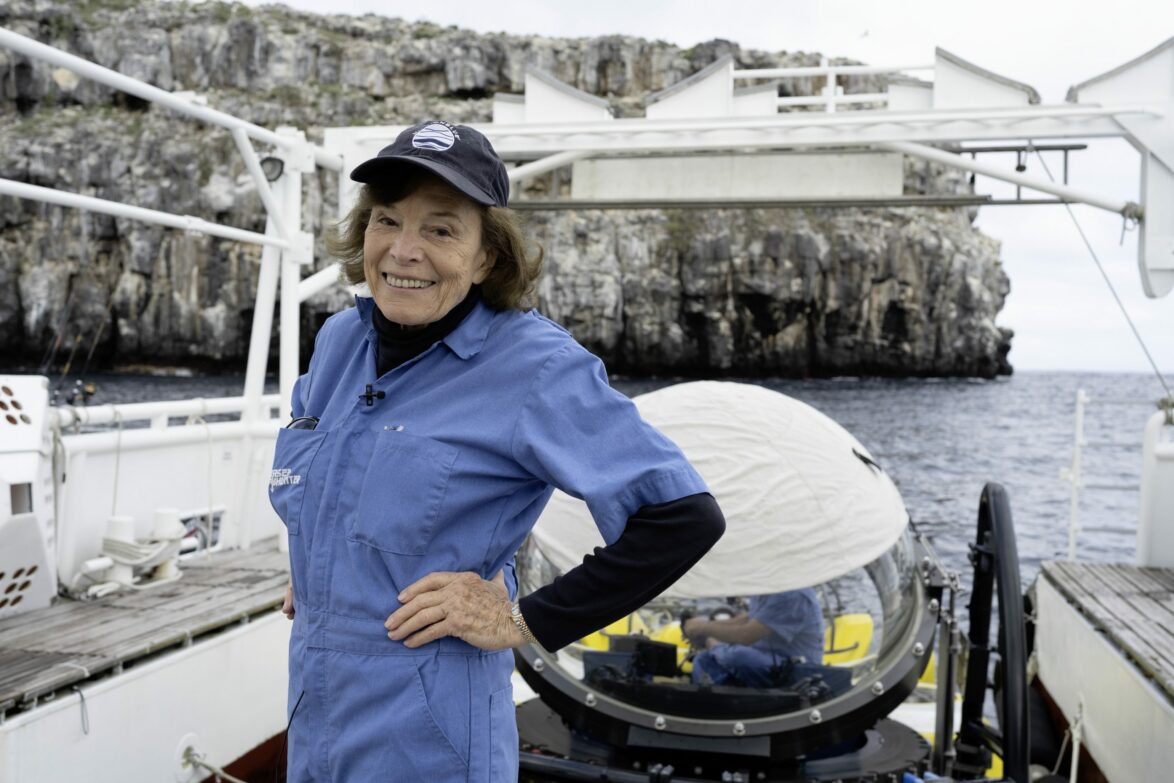
Led by legendary oceanographer Dr. Sylvia Earle, Mission Blue is uniting a global coalition to inspire an upwelling of public awareness, access and support for a worldwide network of marine protected areas – Hope Spots. Under Dr. Earle’s leadership, the Mission Blue team implements communications campaigns that elevate Hope Spots to the world stage through documentaries, social media, traditional media and innovative tools like Google Earth. Mission Blue embarks on regular oceanic expeditions that shed light on these vital ecosystems and build support for their protection. Mission Blue also supports the work of conservation NGOs around the world that share the mission of building public support for ocean protection. The Mission Blue alliance includes more than 200 respected ocean conservation groups and like-minded organizations. https://mission-blue.org
The Galapagos Science Center (GSC), located in Puerto Baquerizo Moreno in San Cristobal-Galapagos, is a joint initiative between the San Francisco de Quito University (USFQ) and the University of North Carolina at Chapel Hill (UNC) created in 2011. The GSC is a hub to coordinate scientific research projects between local, national, and international scientists to benefit the Galapagos Islands and the world of science. The GSC aims to identify the proper balance between the natural environment and the people who live in and visit the Galapagos. This work requires scientists from different disciplines and the GSC conducts research in more than 13 research areas based on its three fundamental axes: interdisciplinary scientific research, education through science, and community outreach. www.galapagosscience.org
Galapagos Conservation Trust (GCT) is the only UK registered charity to focus solely on the conservation of the Galapagos Islands, one of the most unique and ecologically important, but vulnerable, areas in the world. With over 25 years of experience supporting impactful conservation programmes across the Archipelago, we partner with Ecuadorian authorities, NGOs, local communities and leading scientists, both in Galapagos and worldwide. By raising funds and awareness in the UK, we are able to support and deliver projects in Galapagos and respond to key threats facing the Islands, focusing on restoring natural habitat, protecting threatened species and driving sustainable solutions, helping to contribute to the overall management of this unique ecosystem. www.galapagosconservation.org.uk
MigraMar was founded in 2006 as a network of scientists dedicated to research and conservation of migratory marine species in the Eastern Pacific. Their mission is to provide the necessary technical advice for the conservation of the migratory marine species in the Eastern Pacific. The network is made up of 22 researchers belonging to universities, government agencies and non-profit organizations in different parts of the American continent. MigraMar provides scientific information regarding migratory patterns of marine species, evaluates and forecasts the state of populations, in order to increase knowledge about these, understand the role they play in the ecosystem, and how best to preserve them. www.migramar.org
The Charles Darwin Foundation for the Galapagos Islands (CDF) is an international non-profit organization dedicated to scientific research. CDF has carried out its mission in the Galapagos since 1959, thanks to an agreement with the Government of Ecuador and with the mandate to pursue and maintain collaborations with government agencies by providing scientific knowledge and technical assistance to promote and secure conservation of Galapagos. http://www.darwinfoundation.org
It’s so important to protect our marine wildlife, in order to maintain the health not just of this treasure but as an example of what we need to do for the whole planet – to treat nature as if our lives depend on it… because now we know: they do!
Related articles

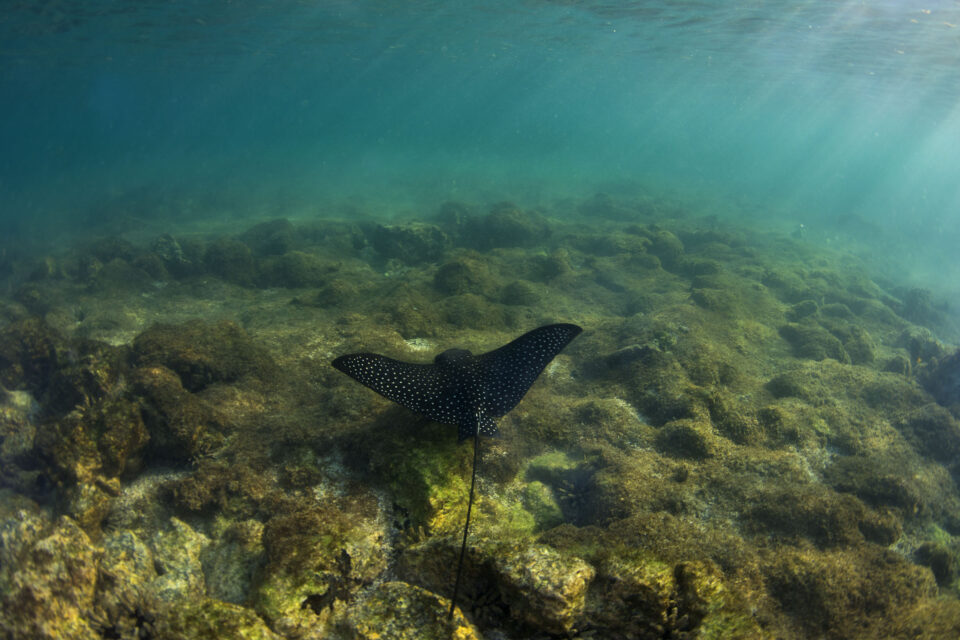
A week in the life of a female marine researcher
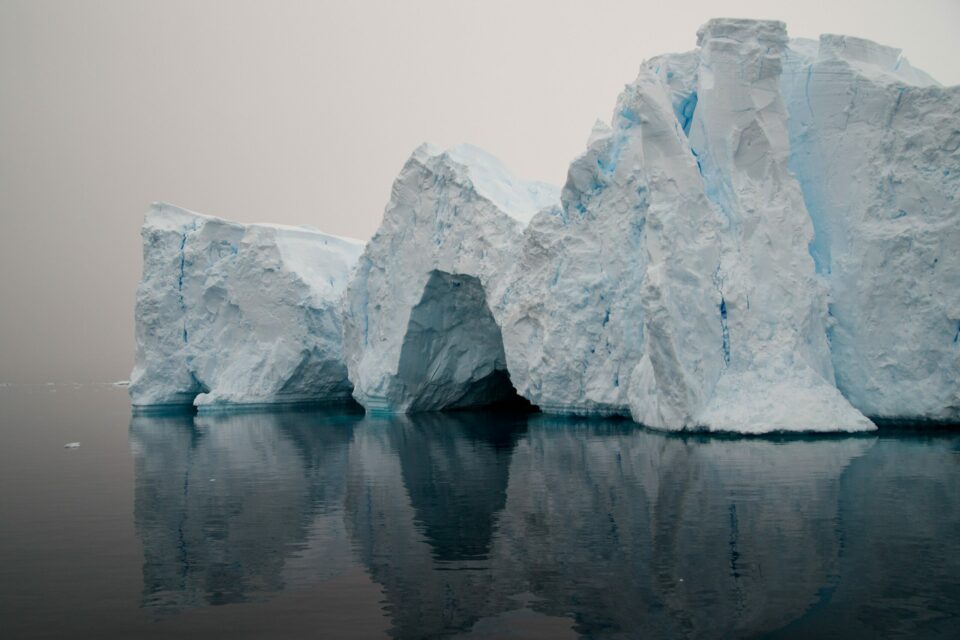
Galapagos and the Antarctic: A look beneath the surface
